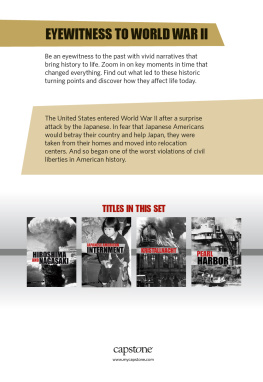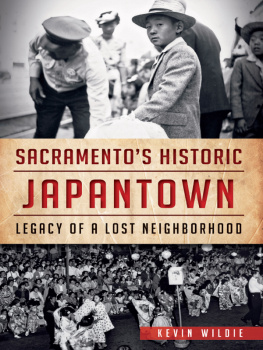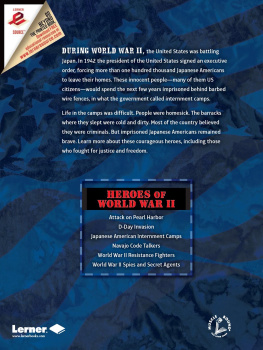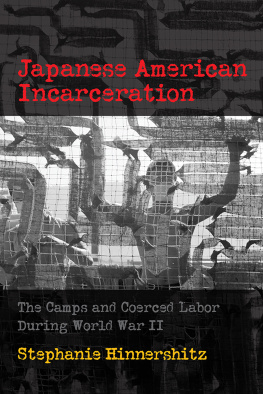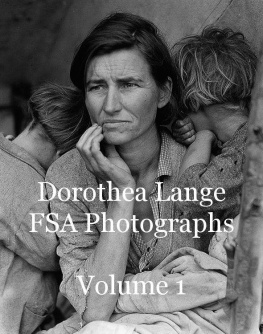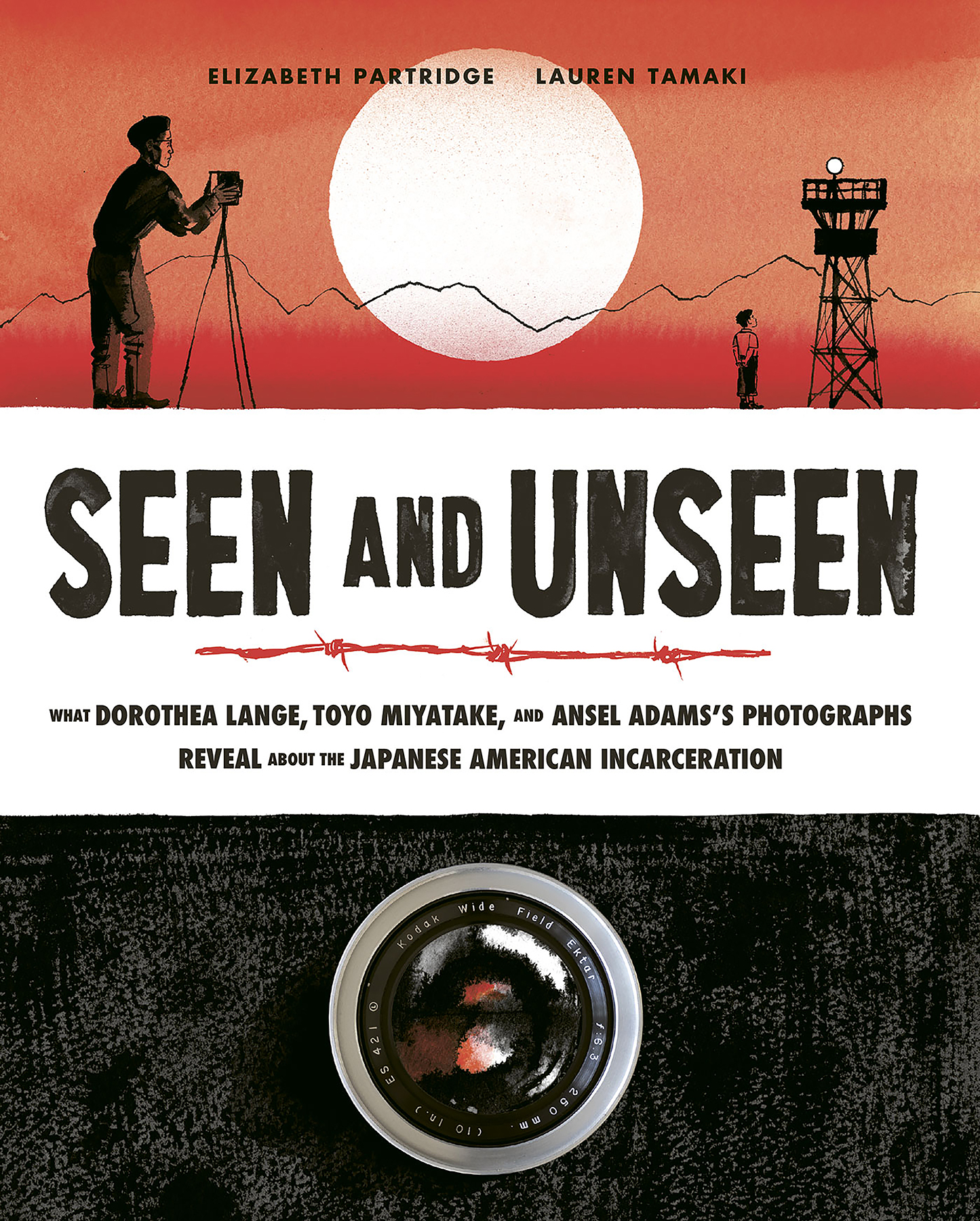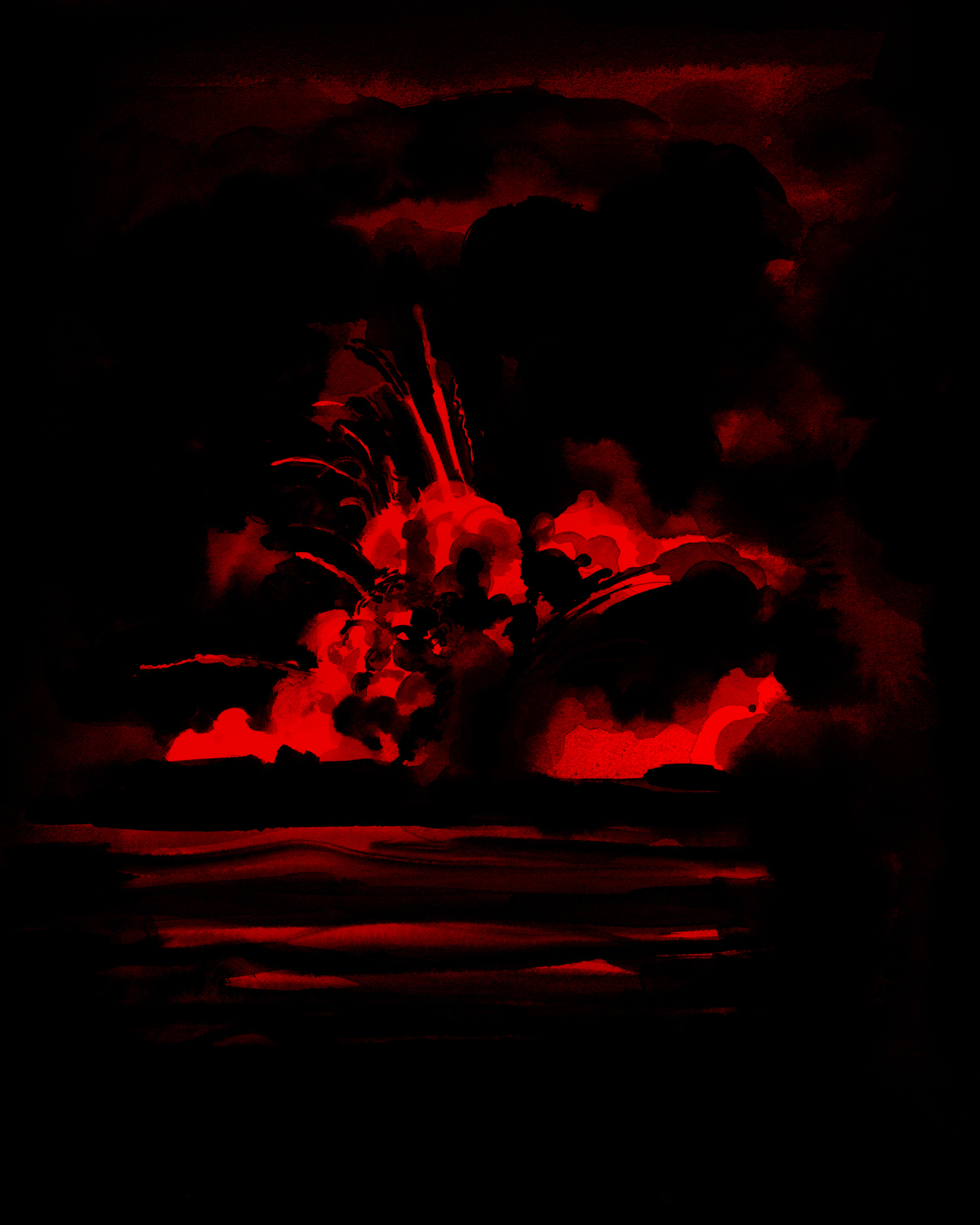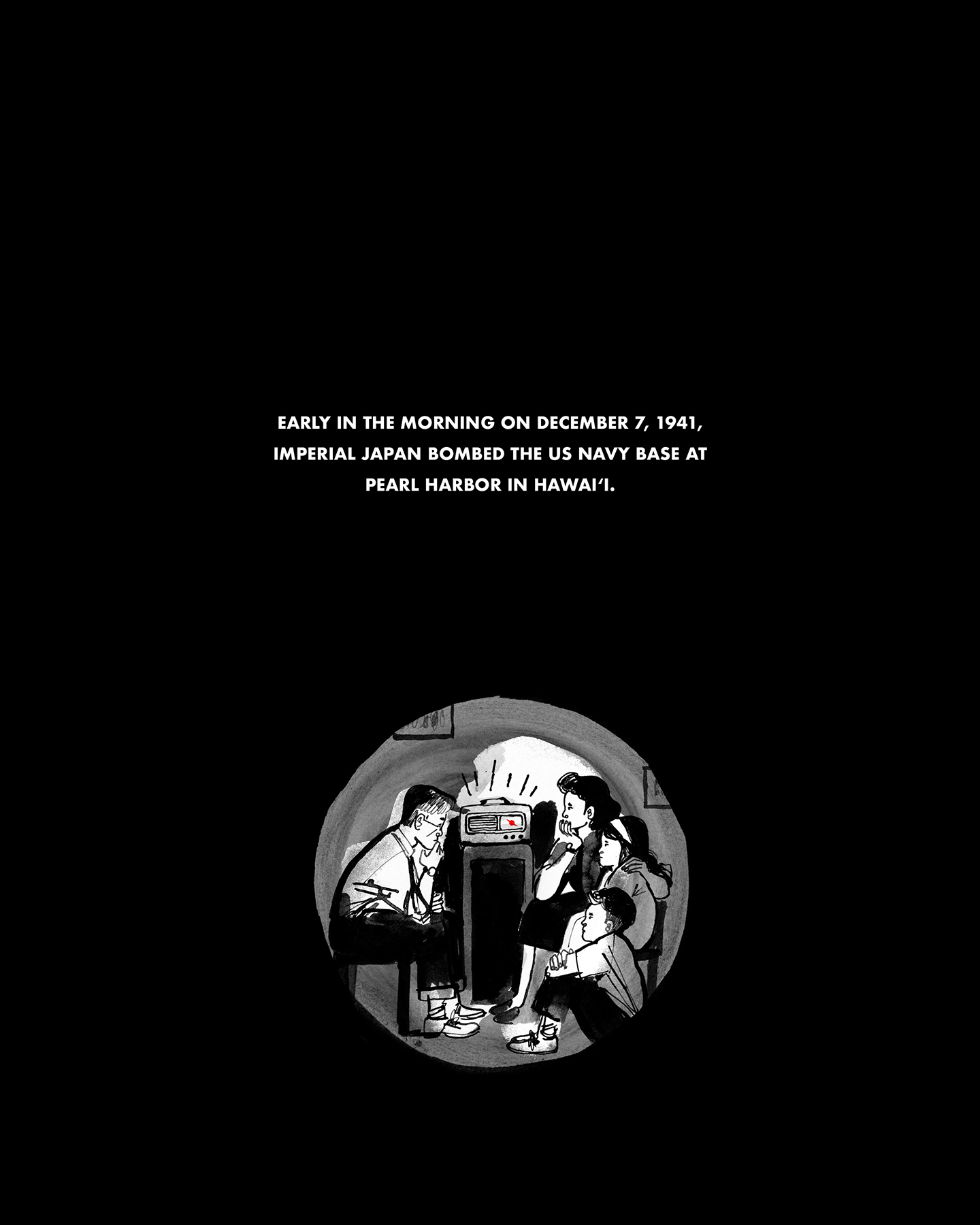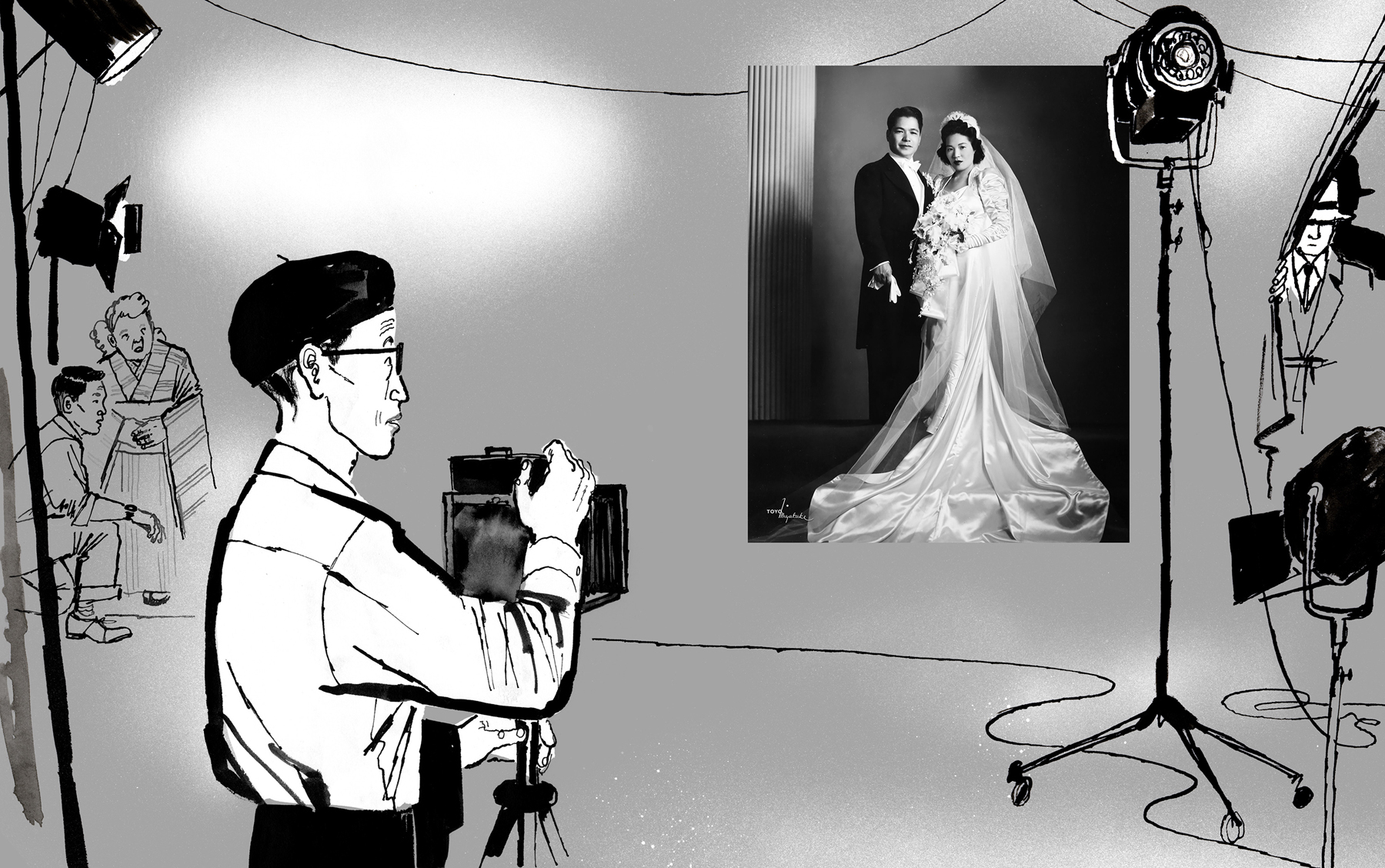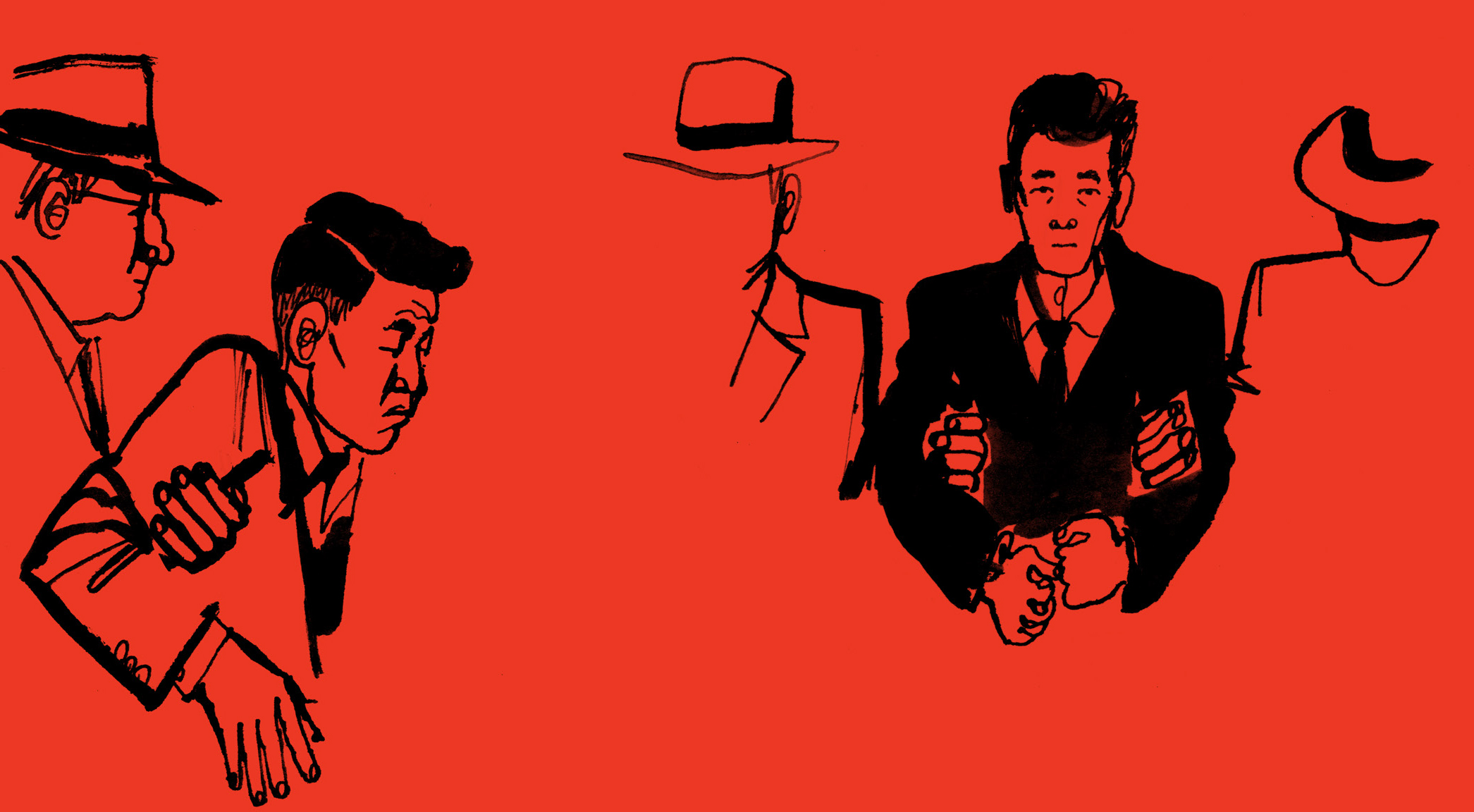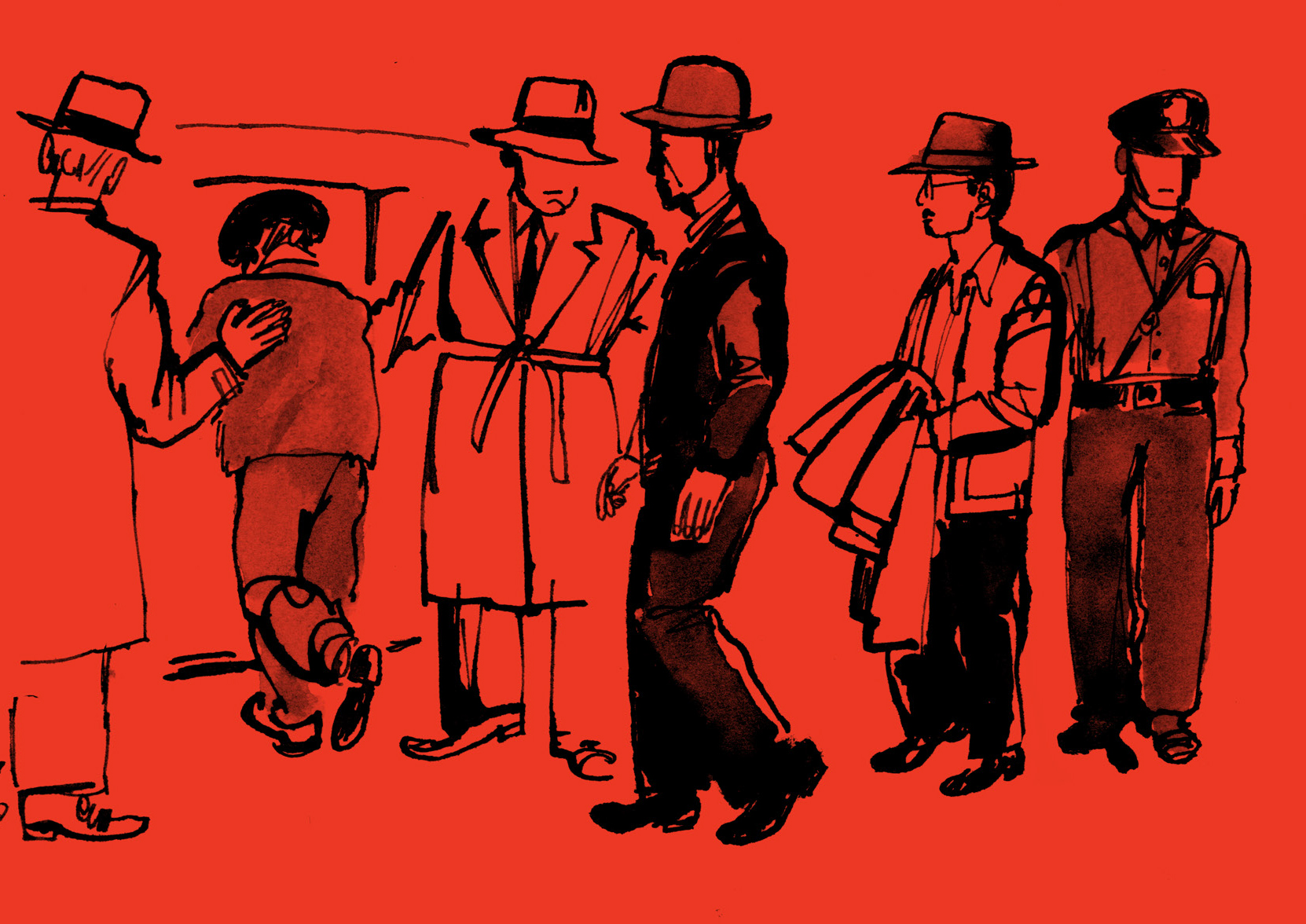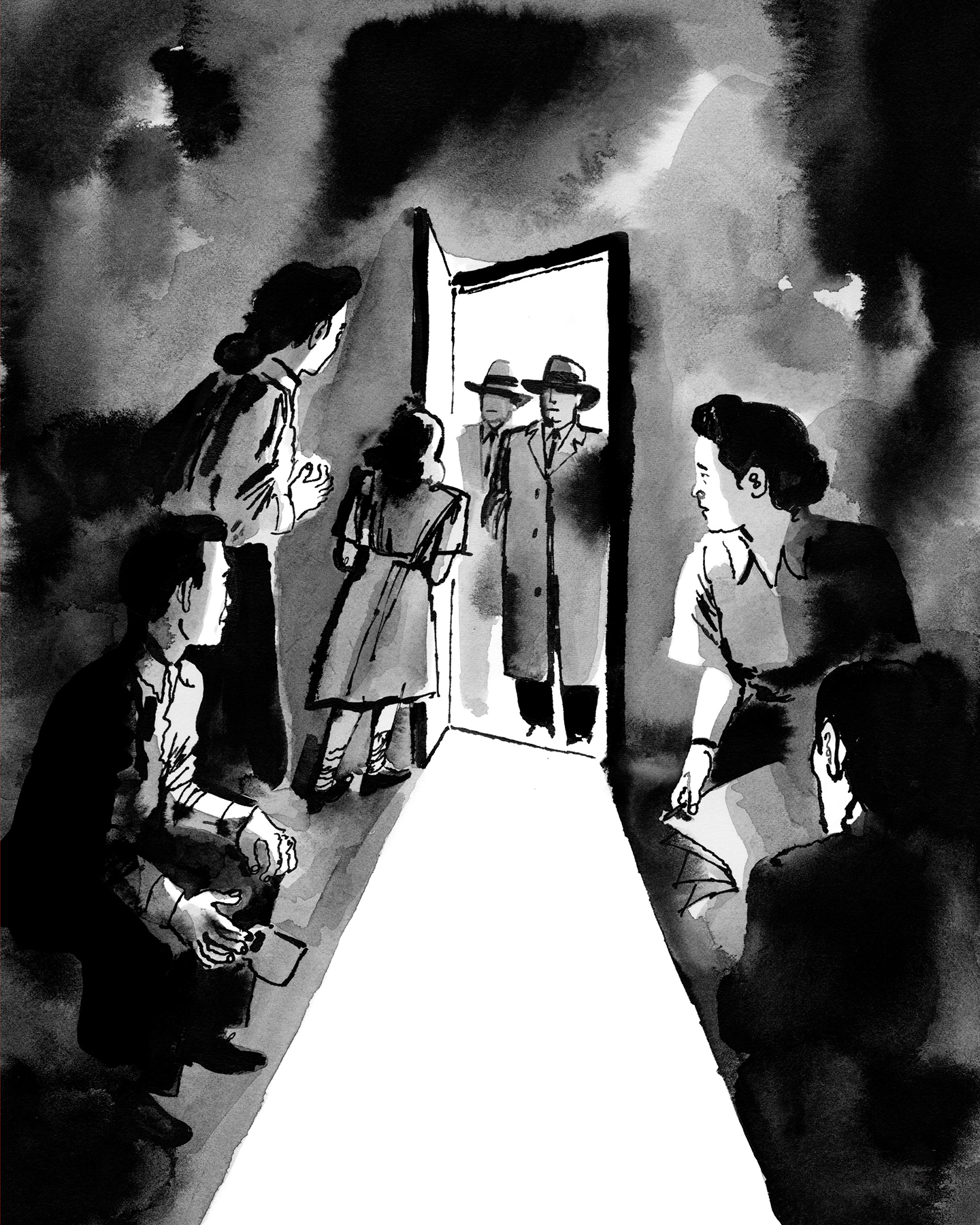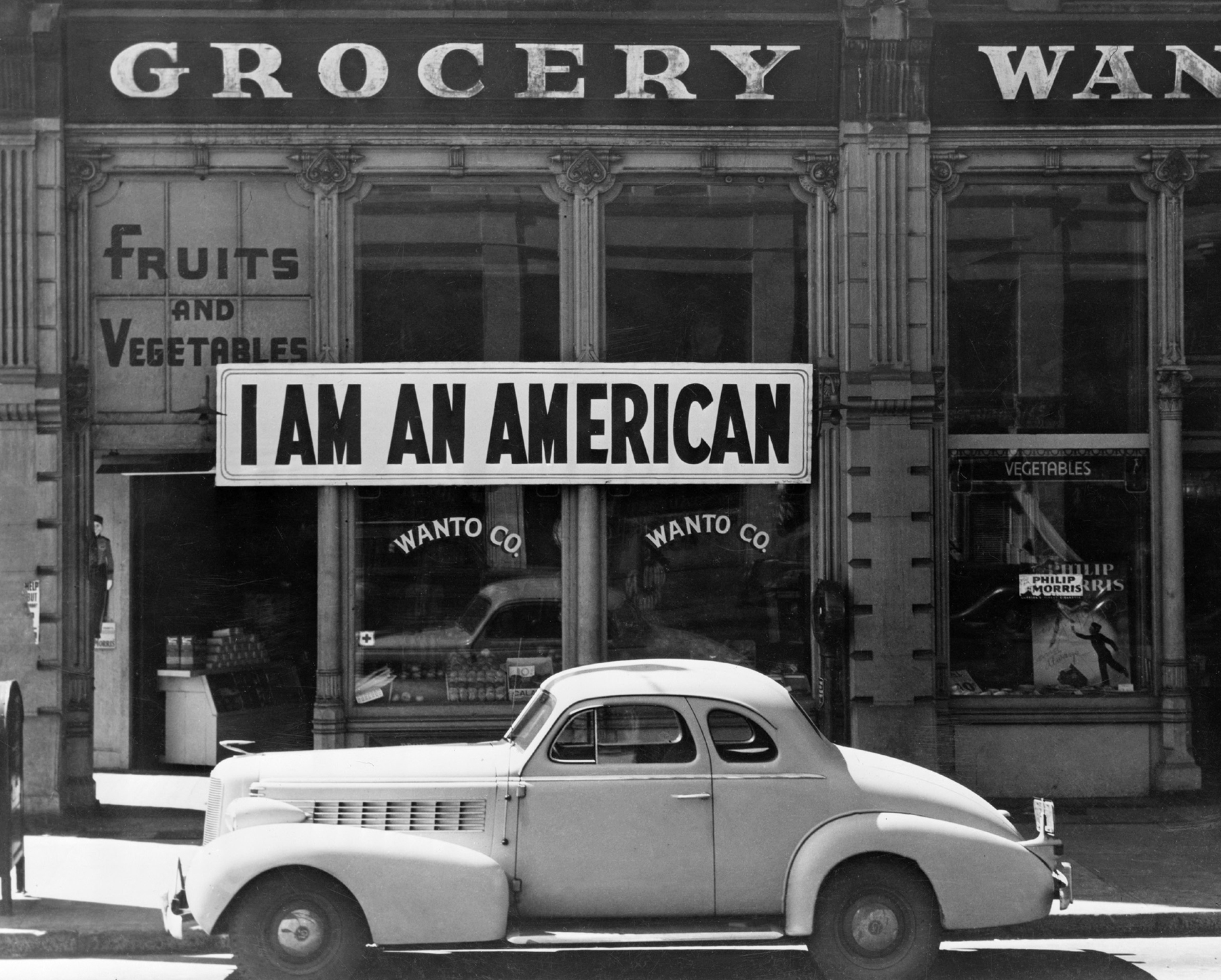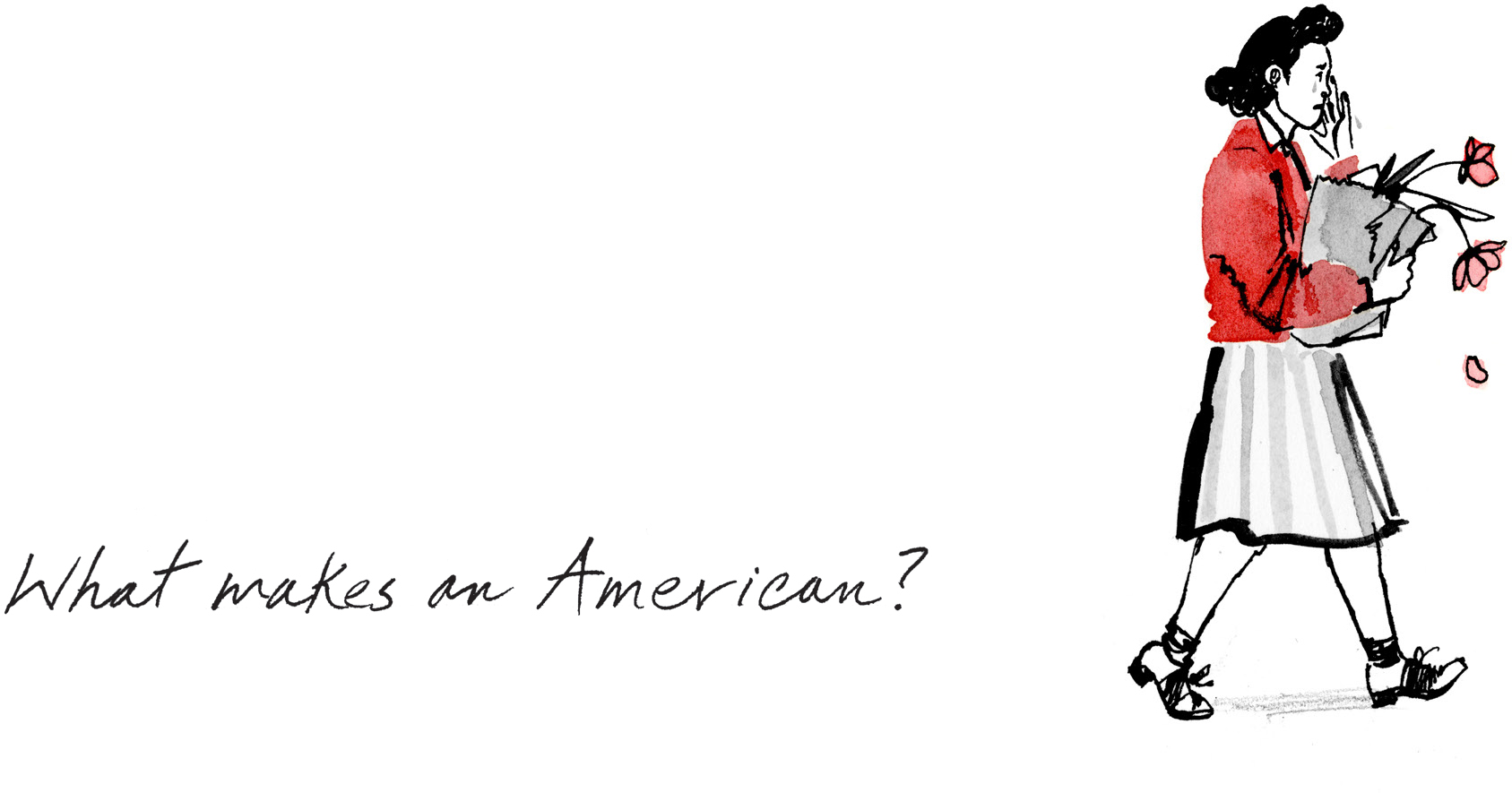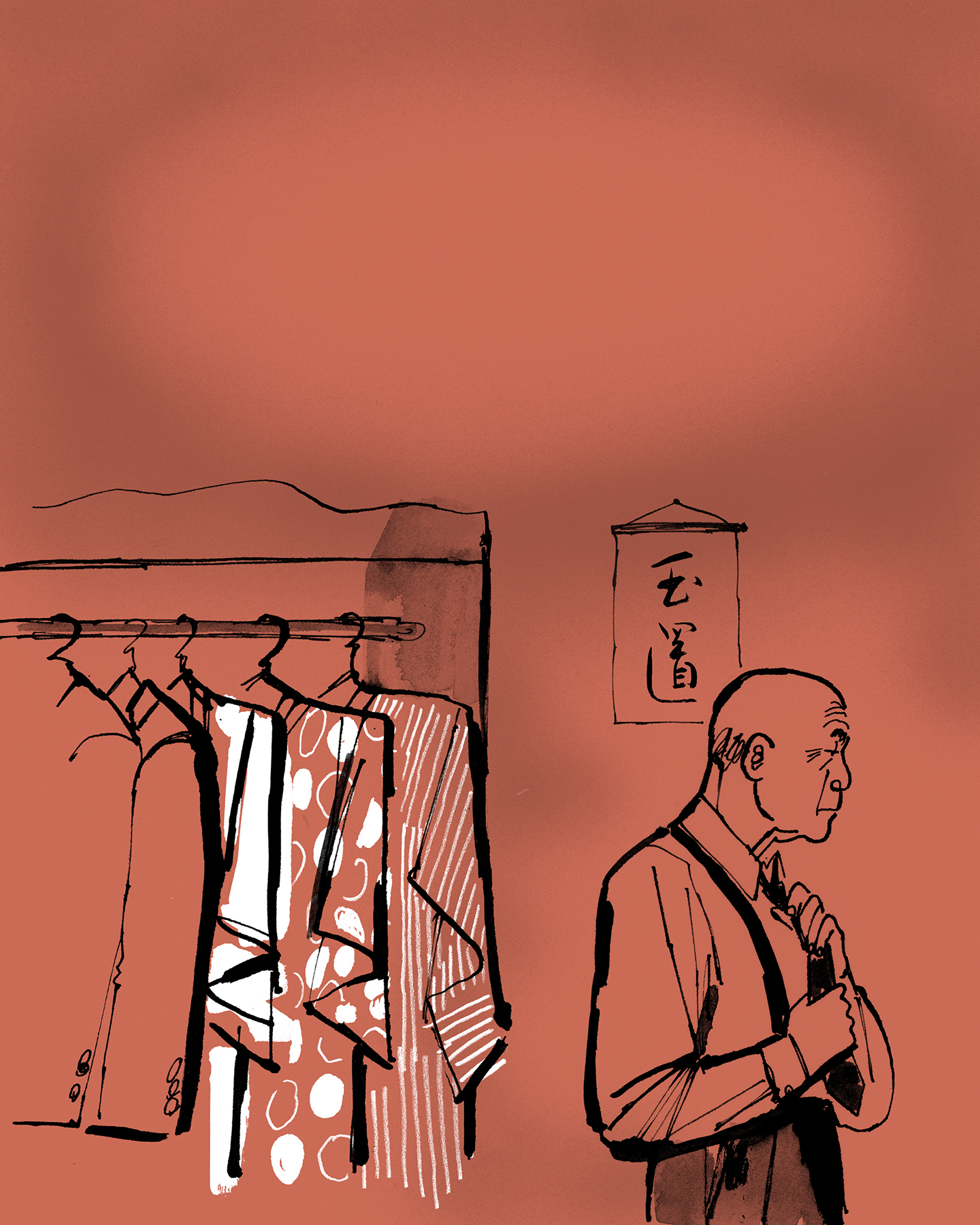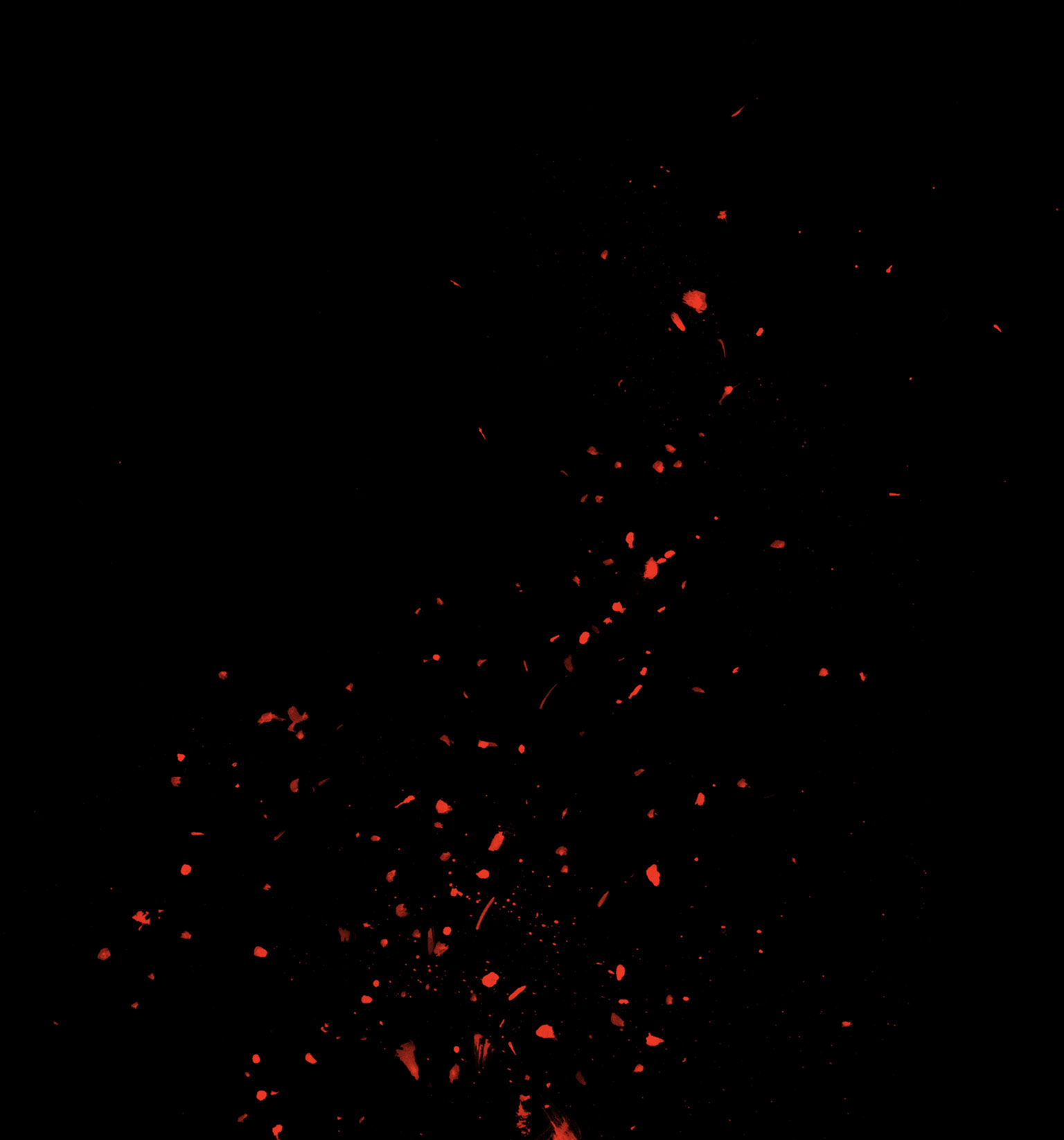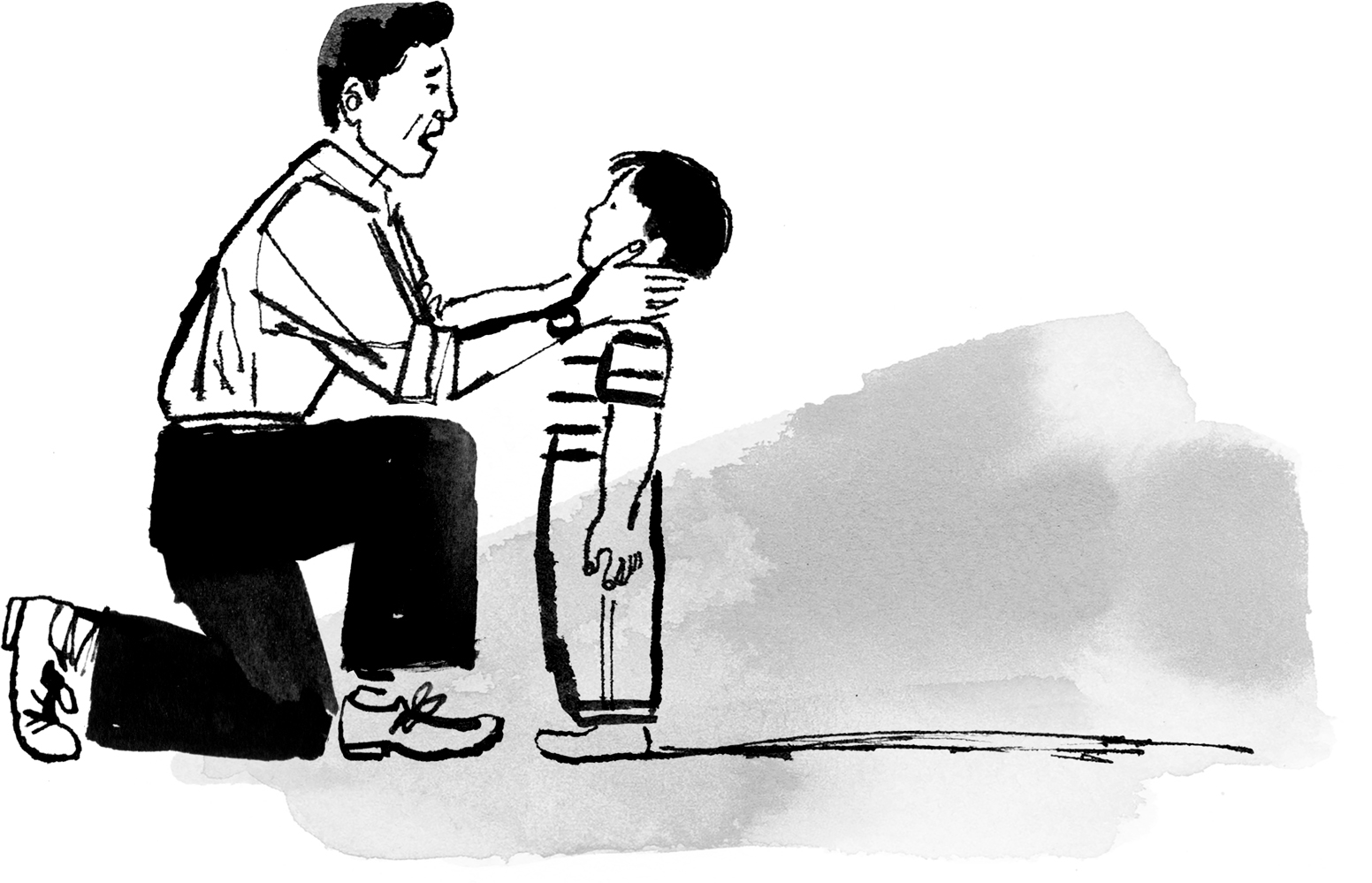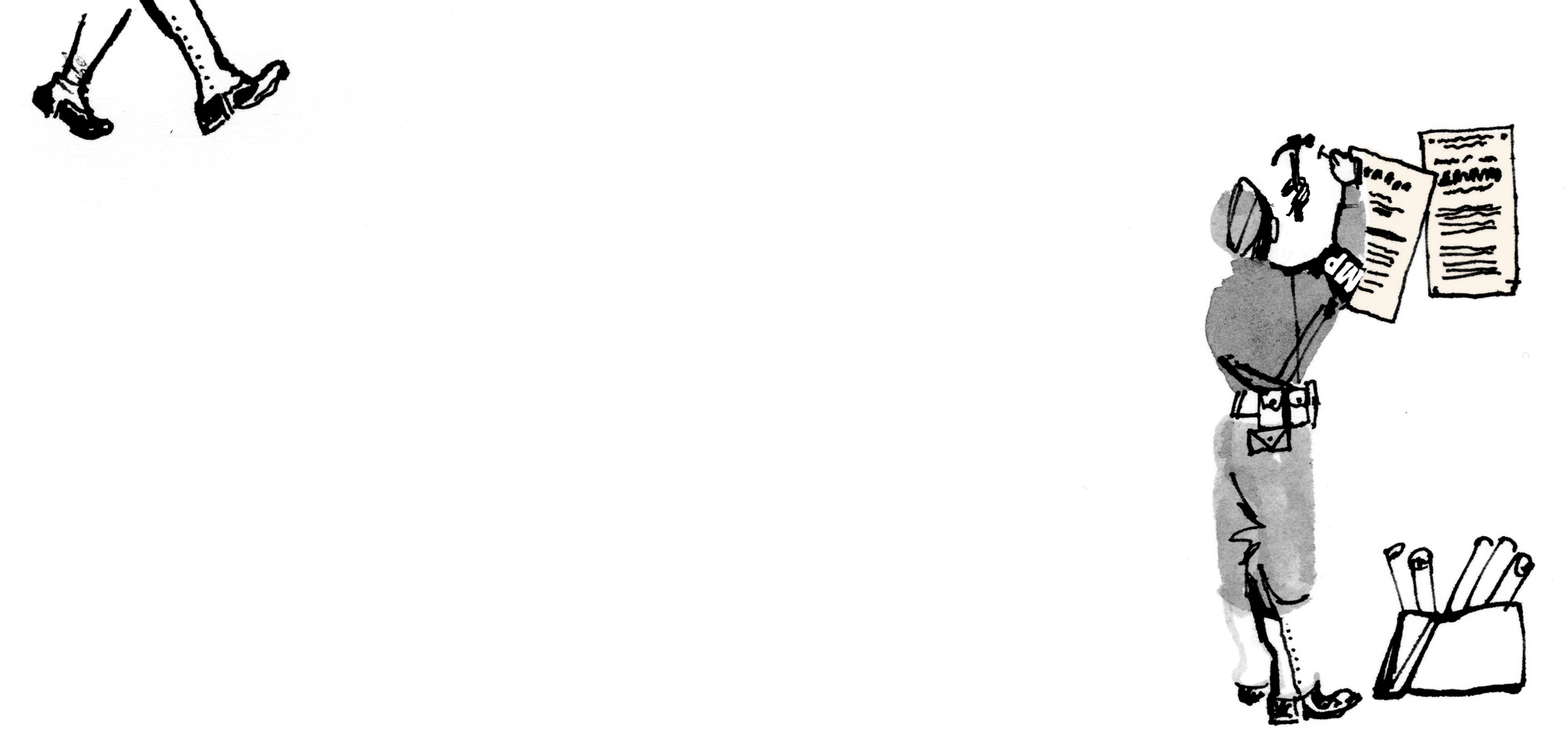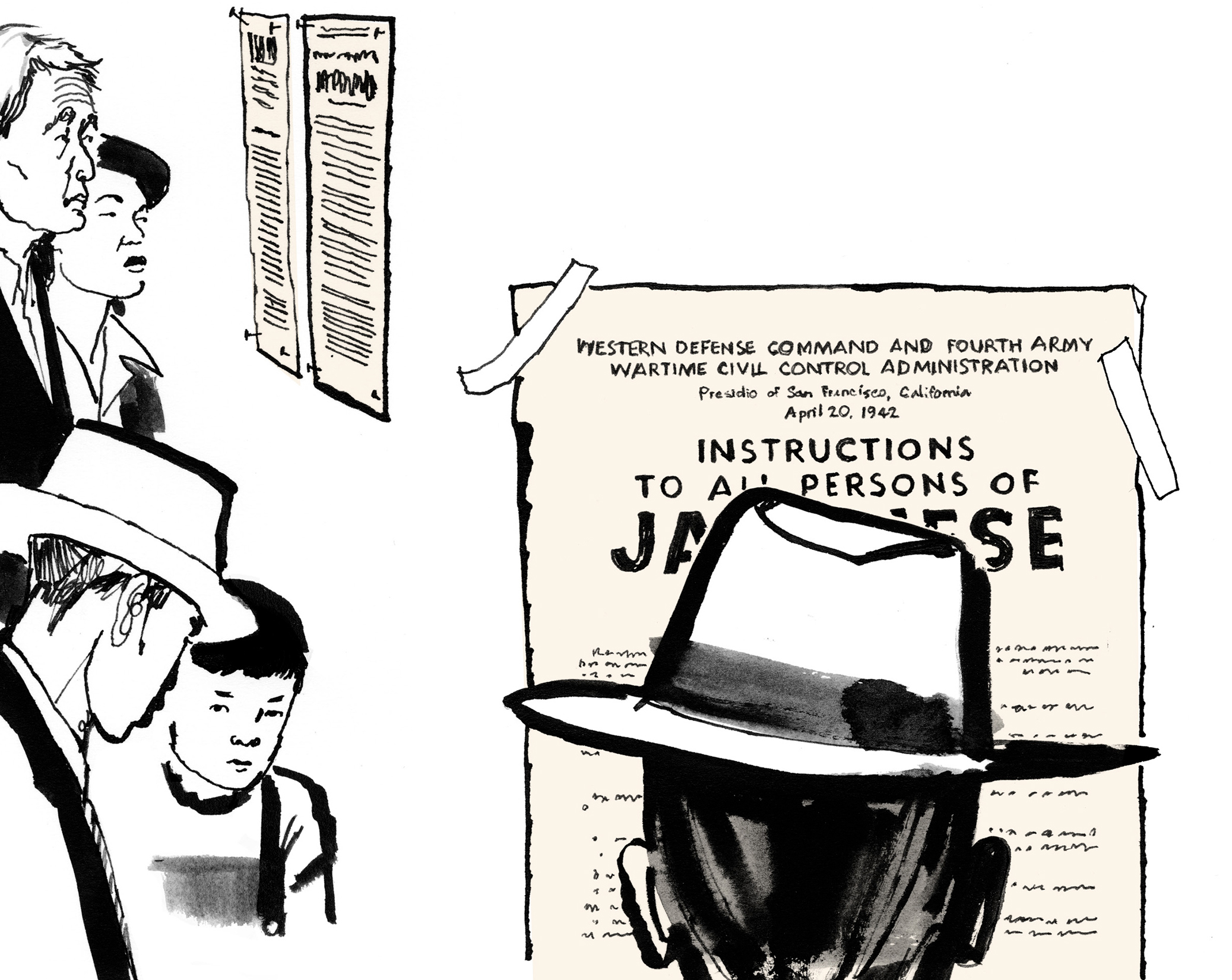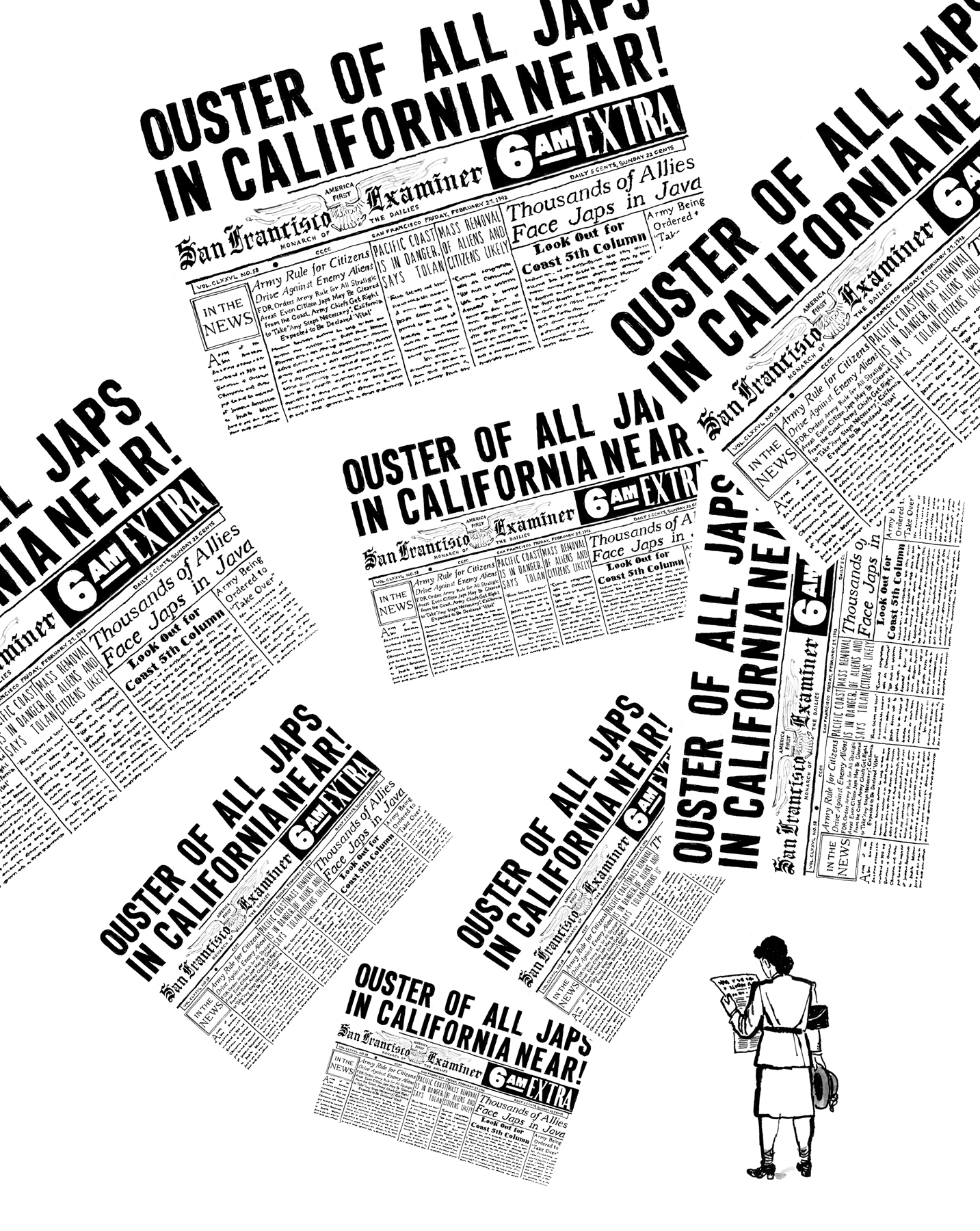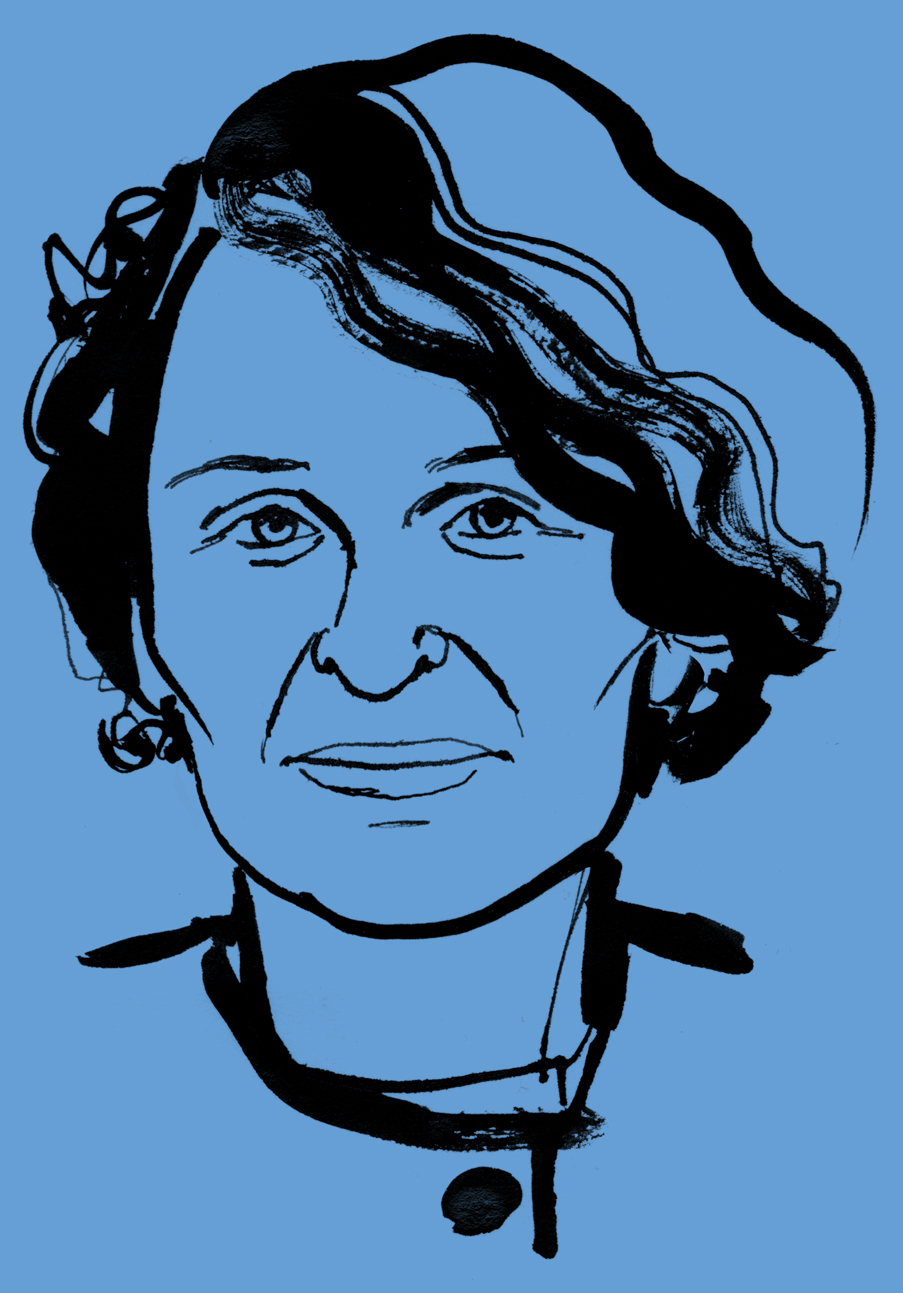Elizabeth Partridge - Seen and Unseen: What Dorothea Lange, Toyo Miyatake, and Ansel Adamss Photographs Reveal About the Japanese American Incarceration
Here you can read online Elizabeth Partridge - Seen and Unseen: What Dorothea Lange, Toyo Miyatake, and Ansel Adamss Photographs Reveal About the Japanese American Incarceration full text of the book (entire story) in english for free. Download pdf and epub, get meaning, cover and reviews about this ebook. year: 2022, publisher: Chronicle Books LLC, genre: Art. Description of the work, (preface) as well as reviews are available. Best literature library LitArk.com created for fans of good reading and offers a wide selection of genres:
Romance novel
Science fiction
Adventure
Detective
Science
History
Home and family
Prose
Art
Politics
Computer
Non-fiction
Religion
Business
Children
Humor
Choose a favorite category and find really read worthwhile books. Enjoy immersion in the world of imagination, feel the emotions of the characters or learn something new for yourself, make an fascinating discovery.

- Book:Seen and Unseen: What Dorothea Lange, Toyo Miyatake, and Ansel Adamss Photographs Reveal About the Japanese American Incarceration
- Author:
- Publisher:Chronicle Books LLC
- Genre:
- Year:2022
- Rating:5 / 5
- Favourites:Add to favourites
- Your mark:
Seen and Unseen: What Dorothea Lange, Toyo Miyatake, and Ansel Adamss Photographs Reveal About the Japanese American Incarceration: summary, description and annotation
We offer to read an annotation, description, summary or preface (depends on what the author of the book "Seen and Unseen: What Dorothea Lange, Toyo Miyatake, and Ansel Adamss Photographs Reveal About the Japanese American Incarceration" wrote himself). If you haven't found the necessary information about the book — write in the comments, we will try to find it.
Three months after Japan attacked Pearl Harbor in 1941, US President Franklin D. Roosevelt ordered the incarceration of all Japanese and Japanese Americans living on the West Coast of the United States. Families, teachers, farm workersall were ordered to leave behind their homes, their businesses, and everything they owned. Japanese and Japanese Americans were forced to live under hostile conditions in incarceration camps, their futures uncertain.
Three photographers set out to document life at Manzanar, an incarceration camp in the California desert:
Dorothea Lange was a photographer from San Francisco best known for her haunting Depression-era images. Dorothea was hired by the US government to record the conditions of the camps. Deeply critical of the policy, she wanted her photos to shed light on the harsh reality of incarceration.
Toyo Miyatake was a Japanese-born, Los Angelesbased photographer who lent his artistic eye to portraying dancers, athletes, and events in the Japanese community. Imprisoned at Manzanar, he devised a way to smuggle in photographic equipment, determined to show what was really going on inside the barbed-wire confines of the camp.
Ansel Adams was an acclaimed landscape photographer and environmentalist. Hired by the director of Manzanar, Ansel hoped his carefully curated pictures would demonstrate to the rest of the United States the resilience of those in the camps.
In Seen and Unseen, Elizabeth Partridge and Lauren Tamaki weave together these photographers images, firsthand accounts, and stunning original art to examine the history, heartbreak, and injustice of the Japanese American incarceration.
AWARENESS OF AMERICAN HISTORY: This impactful book engages with an underrepresented topic in American history, and highlights important and timely themes like primary sources, censorship, and visual literacy.
SUBSTANTIAL BACKMATTER: Featuring eighteen pages of backmatter, including an Authors and Illustrators Note, footnotes, photo credits, biographies of each photographer, and more.
Perfect for:
Parents
Educators
Librarians
Elizabeth Partridge: author's other books
Who wrote Seen and Unseen: What Dorothea Lange, Toyo Miyatake, and Ansel Adamss Photographs Reveal About the Japanese American Incarceration? Find out the surname, the name of the author of the book and a list of all author's works by series.

